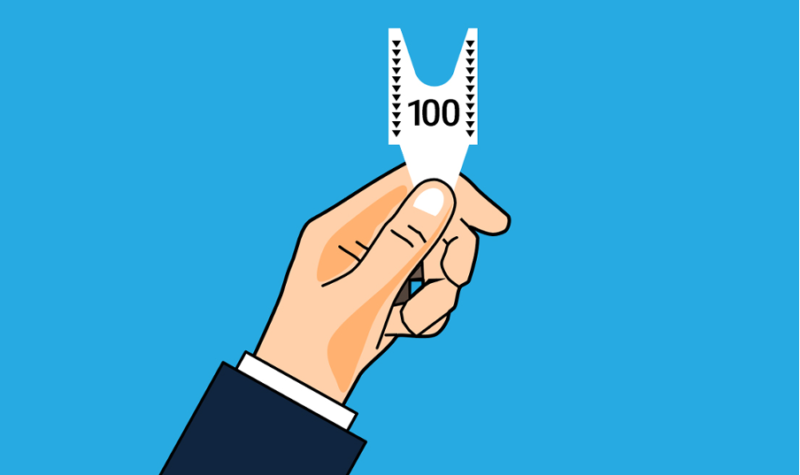Longevity Market Watch: The Longevity doctor will see you now

A new course backed by Harvard university, and a range of new apps, aim to embed Longevity medicine into the mainstream important milestones in the growth of Longevity market category.
A quick recap: what is Longevity?
Where Longevity differs from traditional healthcare is the sector’s focus on overcoming the hallmarks of ageing to mitigate disease, compress morbidity, and potentially delay death.

Bridging the gaps
So, what’s not to like?
Well the challenge is that traditional medicine is generally more focused on fixing things: this is as relevant to big pharma as it is to traditional clinical training.
Therefore, I was intrigued by a new course from Deep Longevity, the Insilico spin-out acquired by Regent Pacific, which seeks to provide a comprehensive Longevity medicine curriculum for clinicians. The course, entitled Longevity Medicine For Physicians, covers a host of topics such as biogerontology (biological ageing process), geroscience (the mechanisms of ageing and chronic age-related diseases) and AI-based medicine.
This new course, they hope, will bridge an educational gap in ageing research terminology – identifying and dealing with diseases and health issues waaaay ahead of them becoming an issue.
Fast forward a few years and there will be a growing market for Longevity clinics, staffed by specialist clinicians all trained in the latest Longevity techniques.
Minding the gaps
As one of the course’s founders, Dr Evelyne Bischof, explained in an interview with Longevity.Technology, the course addresses the lack of reliable, evidence based information about Longevity.

“You can go on YouTube today and find loads of videos on longevity, but you can’t just put them all together into one curriculum,” she says explaining how the team developed the course. “We probably spent most of our time on the development of the introduction of the course, because every single slide had to be carefully thought through to ensure it was understandable for physicians, that the learning objectives were clear, and, at the end, that the outcome and take-home messages are clear.”
Dr Bischof argued that, while clinicians had always focused on healing the patient, there was a growing shift in emphasis on not letting them get sick in the first place. By understanding which genes in patients indicate a heightened risk of certain diseases, clinicians would be able to implement certain interventions to prevent problems from arising at all. She added that, “I will not be happy that I cured cancer, I will be happy that I prevented it from happening.”
Developing the apps
There are many apps and wearable tech out there that allow people to check their health and biological age. For example, Deep Longevity recently made headlines with the release of an iPhone app, Young.AI, which crunches your biological data, estimates your biological age and helps you find ways to improve the situation.
I had the pleasure of chairing a recent session on Longevity Science hosted by Master Investor where Deep Longevity’s Polina Mamoshina was the youngest person on the panel and she’s getting younger (metabolically, not chronologically)!
Biological age is very different from chronological age and involves various biological and health markers which indicate a person’s biological condition. As such you could have a biological age significantly older – or younger – than your chronological age. The situation is further complicated by the fact that different organs and body parts can age at different rates. A 47-year-old could have the liver of a 32-year-old, but the knees of a 64-year-old.
By crunching all this data, the app can offer all sorts of advice designed to help people either slow the ageing process or in some cases throw it into reverse.
The aim, according to Deep Longevity Founder Alex Zhavoronkov, is to produce technology which can help bring people back towards their age of optimal performance which, he says, is between 20 and 40.
Interoperability will drive growth
Wearables, their associated apps, and the AI that drives them are on the frontline of Longevity: these platforms are set for huge growth (expected to reach $37.67bn by 2025) ahead of the inevitable consolidation and acquisitions. The race is on. Just last week, Levels announced that it has raised $12m from Andreessen Horowitz, among others, to bring its biowearable to market.
Comments (0)